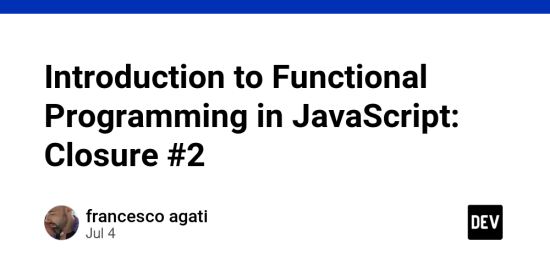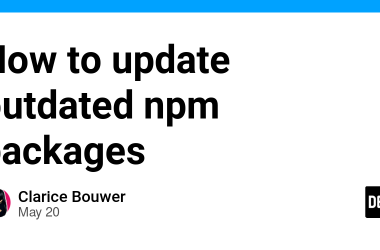Closures are a fundamental concept in JavaScript that every developer should understand. They play a crucial role in functional programming and are essential for creating more advanced functionality in JavaScript applications.
What is a Closure?
A closure is a function that has access to its own scope, the scope of the outer function, and the global scope. This means that a closure can access variables and parameters from its own function scope, the scope of the function that contains it, and any global variables.
In other words, a closure allows a function to “remember” the environment in which it was created, even after the outer function has finished executing.
How Closures Work
To understand how closures work, let’s look at a simple example:
function outerFunction() {
let outerVariable = 'I am from the outer function';
function innerFunction() {
console.log(outerVariable);
}
return innerFunction;
}
const myClosure = outerFunction();
myClosure(); // Output: 'I am from the outer function'
In this example:
-
outerFunctioncreates a variableouterVariableand definesinnerFunction, which accessesouterVariable. -
innerFunctionis returned fromouterFunctionand assigned tomyClosure. - When
myClosureis called, it still has access toouterVariablefromouterFunction‘s scope, even thoughouterFunctionhas already finished executing.
This ability of the innerFunction to access the variables from the outer function’s scope after the outer function has completed execution is what defines a closure.
Practical Uses of Closures
Closures have many practical applications in JavaScript. Let’s explore a few common use cases:
-
Data Encapsulation
Closures can be used to create private variables that cannot be accessed directly from outside the function.function createCounter() { let count = 0; return { increment: function() { count++; return count; }, decrement: function() { count--; return count; } }; } const counter = createCounter(); console.log(counter.increment()); // 1 console.log(counter.increment()); // 2 console.log(counter.decrement()); // 1In this example,
countis encapsulated within the closure created bycreateCounter, making it inaccessible from the outside. -
Function Factories
Closures can be used to create functions dynamically based on input parameters.function createMultiplier(multiplier) { return function(number) { return number * multiplier; }; } const double = createMultiplier(2); const triple = createMultiplier(3); console.log(double(5)); // 10 console.log(triple(5)); // 15Here,
createMultiplierreturns a new function that multiplies its input by a specifiedmultiplier. Each created function maintains its ownmultipliervalue through closures. -
Callbacks and Event Handlers
Closures are often used in asynchronous programming, such as with callbacks and event handlers.function fetchData(url) { return function(callback) { // Simulate an asynchronous operation setTimeout(() => { const data = `Data from ${url}`; callback(data); }, 1000); }; } const fetchFromAPI = fetchData('https://api.example.com'); fetchFromAPI((data) => { console.log(data); // Output after 1 second: 'Data from https://api.example.com' });In this example,
fetchDatareturns a function that accepts a callback. This callback has access to theurlvariable even after the delay, demonstrating the power of closures in asynchronous code.





